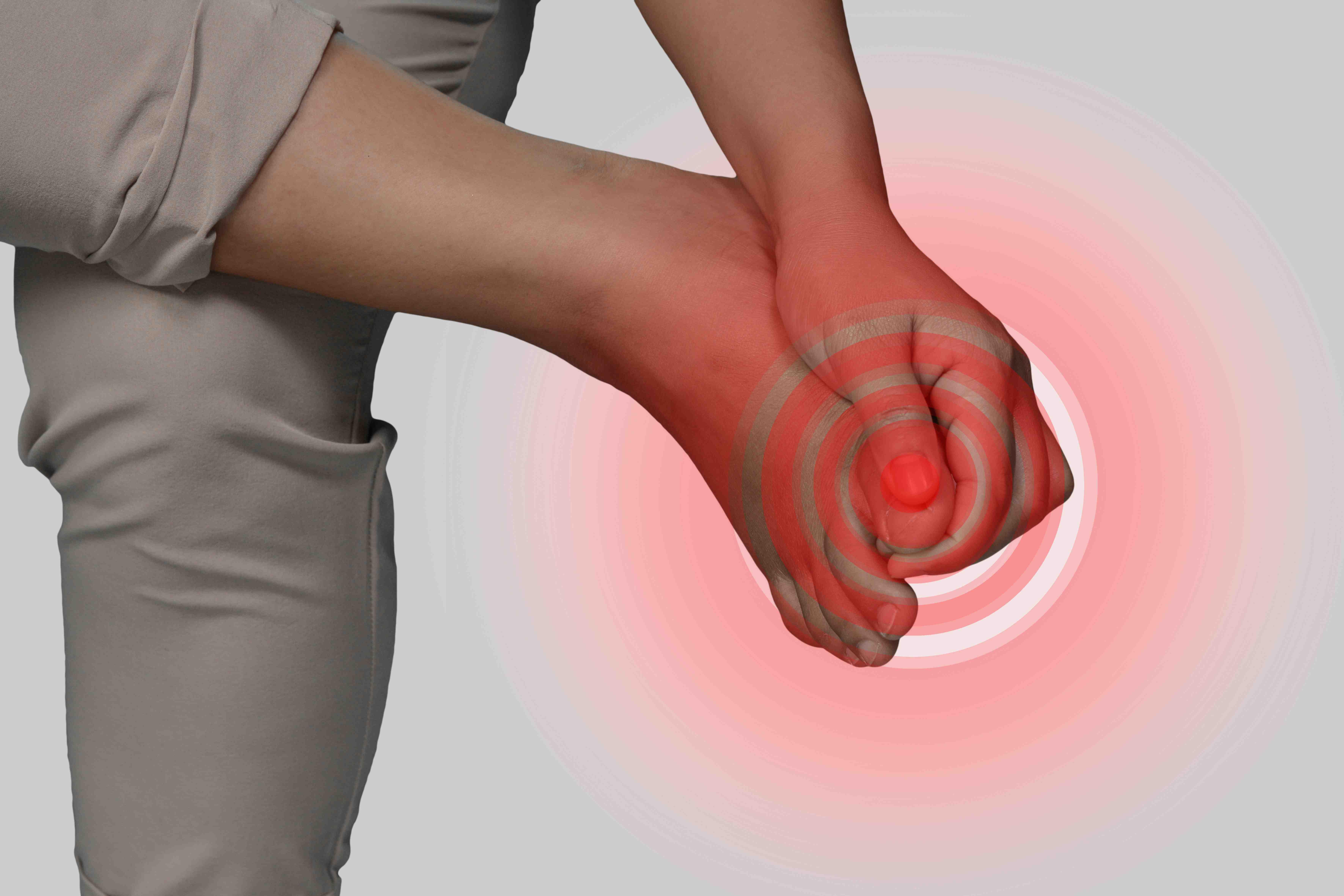Are You Suffering from an Ingrown Toenail?

Pain in the foot can be caused by many things. One of the most common problems is the ingrown toenail which usually affects the big toe. This can cause a lot of discomfort and, if left untreated, can even make it difficult to walk or lead to infection.
As your nail grows, it doesn’t always do so in the right direction. It can curl and cut into the skin at the side or the top of the toe. We pay less attention to our feet in general so the first you might know of the condition is when you put on your shoes in the morning and feel a little pain. This kind of problem can cause the skin to inflame and fluid can build up causing swelling. If the skin is ruptured, you may see bleeding around the toenail.
Often, in the early stages, an ingrown toenail can be handled by cutting the nail as normal and making sure your feet stay dry and clean. But if the area becomes inflamed or begins to bleed, it’s time to go and see your podiatrist.
This is especially important if you suffer from an additional condition such as diabetes which requires extremities of your body such as the feet to be handled carefully by a professional with medical experience.
What Causes an Ingrown Toenail?
Almost anyone can get an ingrown toenail at some point in their life.
- It might simply be that you haven’t cut your nails properly or you may have a problem with your shoes not fitting well enough.
- If you have sweaty feet, the skin around your nail can softened which makes it much easier for a sharp nail to penetrate.
- If you hit your toe for any reason, it can cause the nail to dig into the fleshy area.
- It may even happen because of the natural shape of your nail, which is why some people are more prone to this condition than others.
Of course, you can prevent an ingrown toenail from occurring in the first place by making sure you take good care of your feet. That means cutting your nails regularly and making sure your feet don’t get too sweaty. A regular visit to your chiropodist or podiatrist should ensure that you avoid a painful condition such as this developing.
Treating an Ingrown Toenail
If you have an ingrown toenail, then you’ll want to get it treated as quickly as possible. Often, as long as you look after your feet, the condition should take care of itself but this is not always the case. If you have gotten to the stage where there is a significant amount of redness or even bleeding, then it’s advisable to seek professional help from a podiatrist.
In particularly severe cases, a qualified podiatrist may recommend that they either partly remove the nail or totally remove it. Most commonly a partial approach is used and this involves a podiatrist performing the minor operation. A local anaesthetic will be applied to the affected area and the edges where the toenail is growing cut away. Your podiatrist may use a chemical on the nail to ensure it doesn’t grow inward again.
Total removal of the nail is usually carried out when it is very thick (for example, following a fungal infection) and pressing down on the skin underneath. While this might sound painful, it is a perfectly safe procedure.
Once the nail has been treated, your podiatrist will usually dress the toe with a bandage and they might also give you antibiotics if you have signs of an infection. Recovery normally means resting your foot and keeping it raised for a couple of days after surgery.
If you think that you have an ingrown toenail, then it’s time to contact our professional team of podiatrists and chiropodists at Beauchamp Foot Care. We’ll be able to quickly assess your condition and deliver the treatment and advice needed to get your nail back in tip top condition.
For more information or to arrange an appointment call us on 020 7225 0794 or use our contact form.
All information on this website is for general guidance only and is not intended as a substitute for the personal medical advice of health care professionals or your own doctor.
